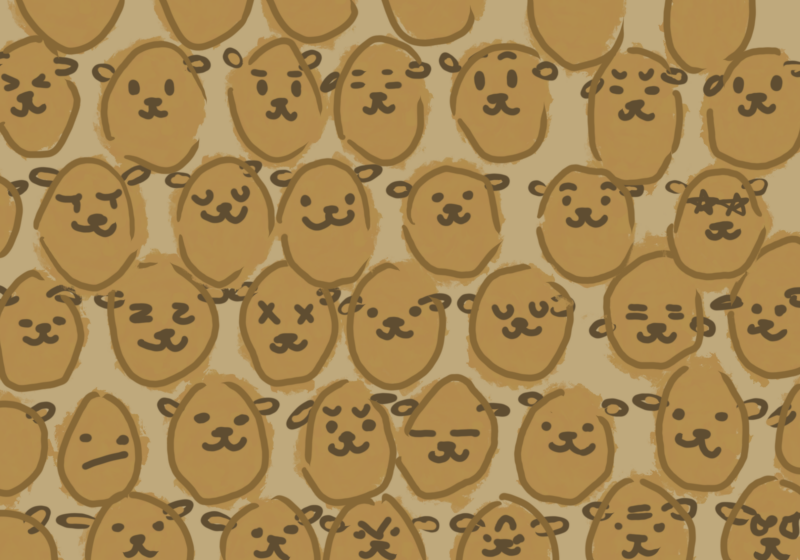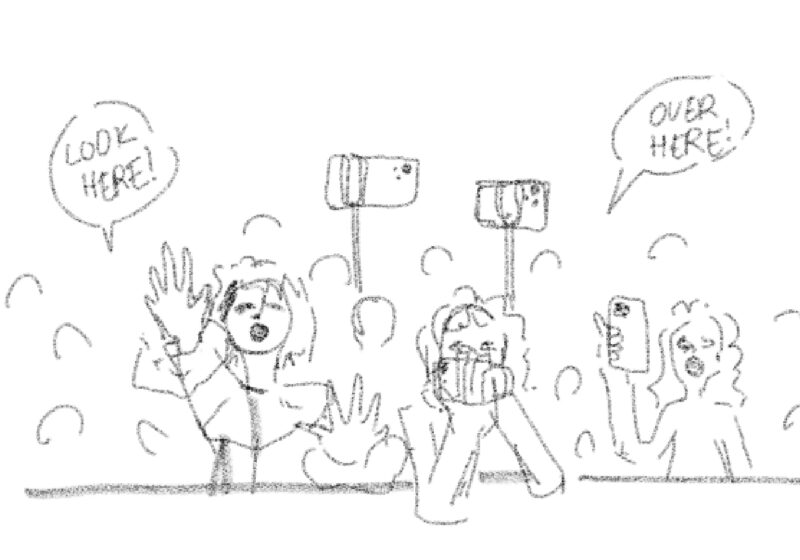This morning, students in the College of Arts, Sciences and Engineering received notice of the rising costs of their education. Tuition will rise from $34,380 to $36,410, and standard room and board expenses will grow from $10,600 to $10,810. The new numbers include a 5.9 percent increase in tuition and a two percent increase in room and board, capping the price to attend UR at $47,220. This year, undergraduates paid $44,980 to attend.
While tuition’s 5.9 percent increase is greater than the rise of 5.3 percent from last year, it is still down from preceding academic years. For the 2005-06 school year, there was a leap of 8.2 percent, and the 2006-07 year saw a jump of 6.9 percent. Next year’s increase was approved by the Board of Trustees during its annual meeting in March.
In his letter to students and parents, UR President Joel Seligman commented on how the tuition dollars will be spent.
“Tuition revenue helps support our existing academic programs and helps us provide for new ones,” he said. “We also will continue our attention to classroom improvements, information technology, infrastructure and transportation.”
Senior Vice President and Robert and Mary L. Sproull Dean of the Faculty of the College of Arts, Sciences and Engineering Peter Lennie noted that the changes in Dining and Residential Life costs were not considered when raising tuition.
“The considerations are independent,” he said. “The costs of residential life, including Riverview and the services associated with it, are not supported by tuition dollars.”
As mentioned in Seligman’s letter, UR is not the only university to slap a more expensive price tag on education; many of its peer institutions in the University Athletic Association have also upped their tuitions, although not all of them have announced their overall costs for the upcoming academic year. Seligman noted that this year’s tuition growth corresponds appropriately with the numbers released thus far by UAA schools and UR’s peers’ average tuition increase of 6.4 percent from 2006-07.
With rising costs, the affordability of UR is called into question.
“One of the things that is very important to us is that when we increase tuition, we make substantial provisions for financial aid,” Lennie said.
Dean of Admissions and Financial Aid Jonathan Burdick seconded Lennie’s comment on financial aid.
“The increase in available grant aid greatly exceeds the increase in tuition in percentage terms,” he said. “This is partly the University’s own commitment from annual operating funds and also in part the result of several recent generous alumni awards.”
Burdick also elaborated on some of the newer financial aid options for students.
“We also have made a small number of $2,000 scholarships available for continuing students to compete for, even if they’re not eligible for aid,” he said.
He also responded to the query of whether or not UR would ever consider freezing tuition for incoming classes so that students pay the same costs all four years.
Burdick observed that the idea had been considered but at this time still presents a number of issues.
“My big concern about it is that we want freshmen to feel welcome to take classes next to seniors,” he said.
“It would feel a little weird to have so many students sitting in the same classes and paying four different prices.”
Furthermore, freezing tuition costs for students would also have many administrative challenges.
“It multiplies the number of budgets we would have to use in figuring out the ‘cost of attendance,’ plus many students each year move ahead or drop behind from their original class year, so it’s an administrative headache to match the price to the intended year of graduation,” Burdick said.
He continued on to say that varying prices for tuition based on class year may ultimately imply that there should be differing prices depending on whether students take classes that are more costly for the college.
“If you start charging highly variable prices, eventually people who are otherwise equal as UR students start making their choices based in part on cost rather than the intrinsic value of pursuing their educational ambitions across the spectrum,” Burdick said.
Lennie sympathized with pressure on families, emphasizing UR’s apprehension with the rising costs of college.
“We are very concerned to be sure that we are attentive to meeting need,” he said. “We [want] to keep the rate increases as low as possible.”
Squires is a member of the class of 2010.





